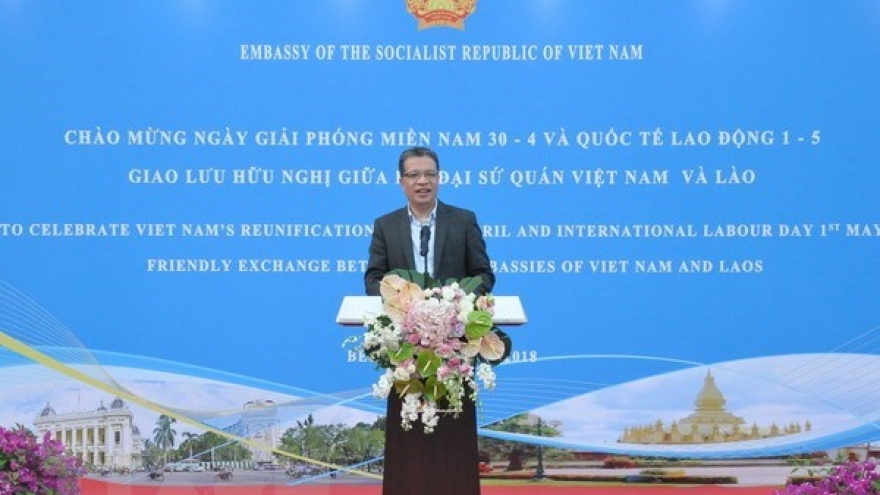Vietnam welcomes Chinese investment capital, but remains wary about risks
Chinese FDI (foreign direct investment) flow to Vietnam has been increasing rapidly recently as Vietnam is one of the destinations included in China’s ‘One belt, one road’ strategy’.
 |
Analysts note that FDI from China has been increasing over the last 10 years from $572.5 million in 2007 to $2.17 billion in 2017. But the average investment capital per project has increased from $1.5 million to $5 million.
More large-scale projects have been registered, including the Vinh Tan 1 thermal ower plant, capitalized at $2 billion, the Lam Son industrial zone (IZ) and a plastics plant worth $150 million.
Chinese have also diversified their investments. In the past, they made investment through joint ventures, while now they tend to set up 100 percent foreign-owned businesses. In 2017 alone, 284 new projects were registered totalling $1.41 billion.
Chinese FDI is now going to manufacturing and processing industries as well as service businesses. Textile & garment and metal processing industries alone amount to 50 percent of total investment capital.
Analysts describe Chinese capital as a river which brings fertile alluvium, but puts Vietnam at a risk of heavy floods.
Chinese investors have a poor reputation when it comes to environmental pollution. A survey by the Institute of Natural Resources and the Environment found that the lives of residents in the area of the Chinese-invested Vinh Tan coal-fired power plant in Binh Thuan province were seriously affected by pollution.
The water used by 3/4 of households around the plant has chloride content exceeding the permitted level by 1.2-1.8 times, while irrigation water of 4/5 of households has fly ash content 1.05-1.8 times higher than permitted.
Chinese-invested projects are also known for using outdated technologies, which has raised concern that Vietnam would become the ‘dumping ground’ for such technologies.
The migration of Chinese workers to Vietnam could be a big threat to Vietnamese workers.
While some analysts called on the Vietnamese government to reject Chinese capital as other countries do, others believe that Vietnam still needs the capital.
However, they suggested that Vietnam needs to apply reasonable policies to take full advantage of the capital and minimize risks by encouraging Chinese investment in projects in high technologies, startup development, and key industries.


